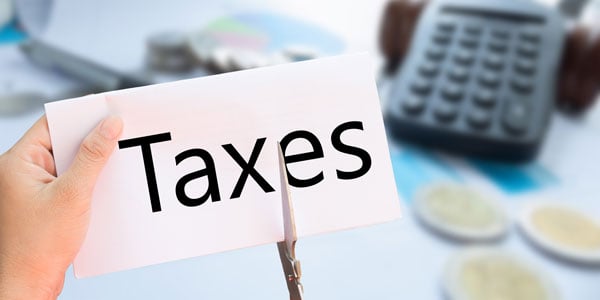
Last week the Government announced a stimulus package to keep Australian businesses in business, off the back of the recent challenges caused by the spread of the coronavirus.
The package has four parts:
- Supporting business investment
- Providing cash flow assistance to help small and medium sized business to stay in business and keep their employees in jobs
- Targeted support for the most severely affected sectors, regions and communities
- Household stimulus payments that will benefit the wider economy
According to the Morrison Government the stimulus package was put in place to provide temporary support to business, so what does this mean for you, as a small to medium sized business owner?
As a business owner what does this mean to me?
If you are a business owner, with a turnover of less than $50 million, and currently employing one or more staff during the period of 1st January 20 and 30 June 20 then, under the stimulus package scheme, you are entitled to benefit from a minimum payment of $2,000 — the payment will be tax free!
- Eligible businesses that withhold tax on wages will receive a payment equal to 50% of the amount withheld, up to a maximum of $25,000. Eligible businesses that pay salary and wages will receive a minimum payment of $2,000, even if they are not required to withhold tax.
- The minimum payment will be applied to the business’ first eligible activity statement lodged. For quarterly lodgers, activity statements eligible for this credit is the March 2020 and June 2020 quarters. For monthly lodgers, activity statements eligible for this credit is March, April, May and June 2020 months. To provide a similar treatment to quarterly lodgers, the payment for monthly lodgers will be calculated at three times the rate (150%) in the March 2020 activity statement.
I employ, or I am looking to employ apprentices soon, is there help in the stimulus package for me?
Do you currently employ one or many apprentices? An additional cash flow assistance has been also announced to help keep them in employment.
The cash flow assistance that came into effect last week is aimed to help not only businesses who currently employ apprentices.
Eligible employers can apply for a wage subsidy of 50% of their apprentice’s or trainee’s wages for up to 9 months from 1 January 2020 to 30 September 2020. Employers will be reimbursed up to a maximum of $21,000 per eligible apprentice or trainee ($7,000 per quarter). To be eligible, the employer must be a small business employing fewer than 20 full-time employees (and who retain an apprentice or trainee).
There is an additional incentive for business owners who are intending to employ an apprentice or trainee, within the 9-month period stated. To benefit from the stimulus package the apprentice or trainee must have been in training with a small business as of 1 March 2020.
Do I benefit from the beefed-up asset write-off scheme?
The instant asset write-off scheme was first introduced in 2015 and has been extended every year to help businesses remain operational.
As of last week, businesses in Australia with an aggregated annual turnover of less than $500 million, will benefit from the new ruling of an increase in the instant tax write-off threshold from $30,000 to $150,000. This new threshold will be in effect till 30 June 2020.
As a business owner this means you have until the end of June 2020 to take advantage of the instant tax write-off higher limit. Heavy equipment, office fit-outs and new vehicles are amongst the assets potentially eligible for tax write-offs.
In addition to the asset write-off scheme, businesses with turnover of less than $500M will be able to deduct 50% of the cost of an eligible asset in the year of purchase. The balance of the cost of the asset will be depreciated over the life of the asset per existing rules. It’s worth noting that this applies only to new assets that can be depreciated under Division 40 (i.e. not second-hand, and includes plant, equipment and specified intangible assets such as patents and software), and no other capital works depreciable under Division 43.
Here are some links for further reading:
